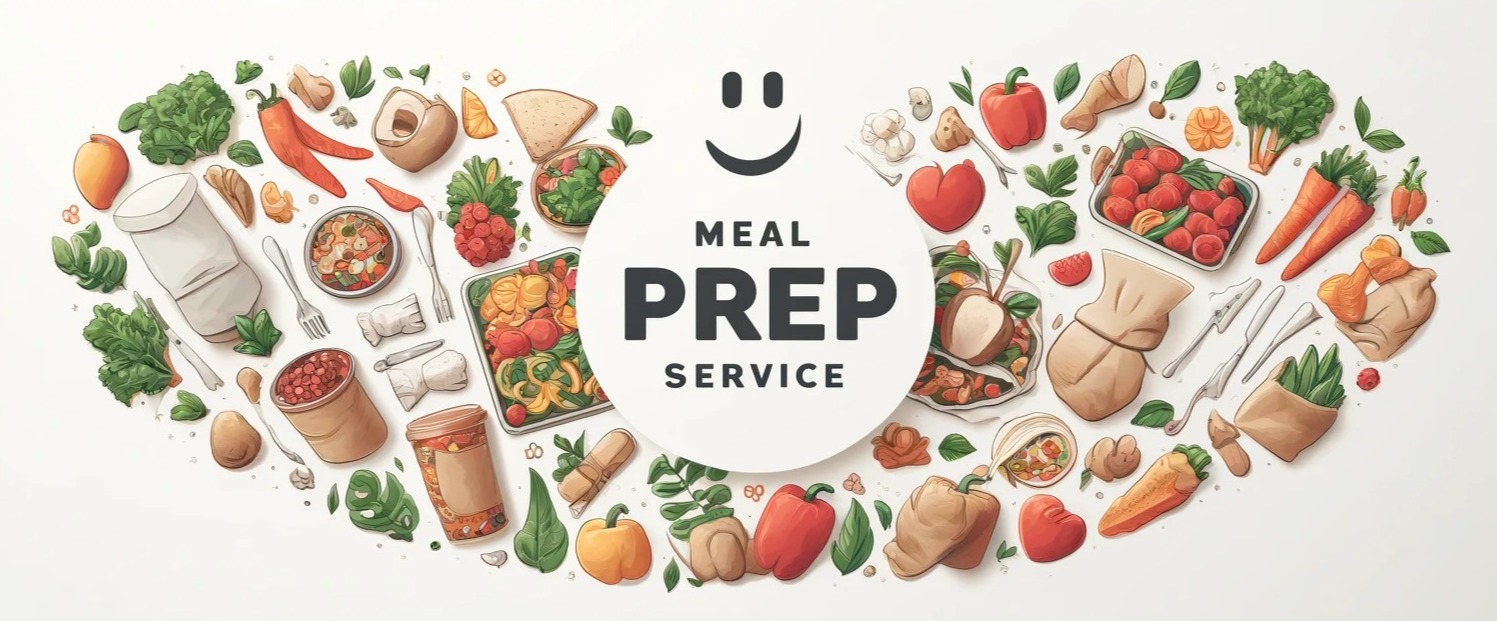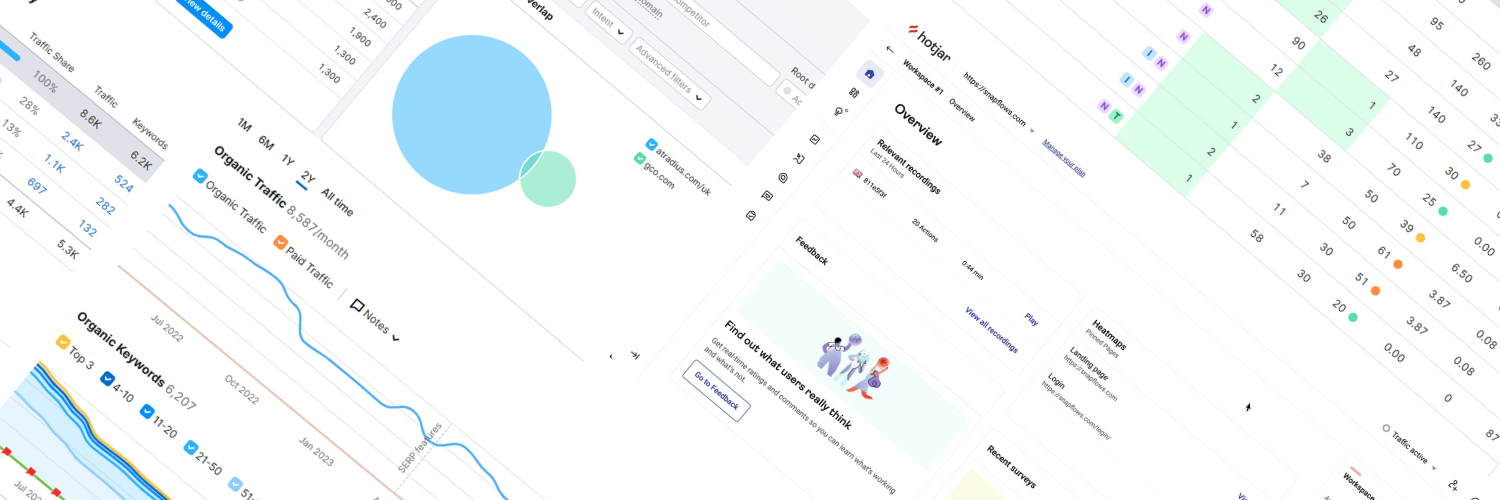5PD MEAL PREP CASE STUDY
from concept to launch: 5PD UX-writing and content case study
Background
I was part of a team tasked with developing a multilingual website for a dietary catering company. The goal wasn't just to make the site look good but also to ensure it was easy to use and effective at engaging visitors.
This website project was a part of our web development goals at Marketing Management, a startup specializing in meal prep marketing. I transitioned from mainly writing copy to being part of a web development team that eventually brought over 30 new clients aboard in a year.
We built the site to serve users in English, Polish, and Ukrainian, which helped us illustrate the company's commitment to reaching a diverse customer base.
My role extended beyond writing; I contributed to the website's structural design, participated in the A/B testing process, and helped enhance the user experience in other aspects. In the end, we launched not just an attractive website but one that effectively channeled visitors from our social media adverts to our offerings. This approach was aligned with our bigger picture of driving growth through a focus on the user experience.
Project Objectives
Our goals for this web development project were to enhance user engagement and foster business growth within the highly competitive meal prep market. Our aims included:
- Enhancing User Interaction: We aimed to design a website that was eye-catching in design and content, easy and intuitive to browse, and supported three different language options.
- Boosting Conversion Rates: Our goal was to build a platform that effectively converted social media traffic into tangible actions, such as signing up for services or purchasing. After all, we are basing most of our marketing strategies on social media ads and our great conversion results.
- Allowing for Adaptation: We wanted a website that could change and respond to ongoing AB tests, which would mean our web design and content strategies could be adjusted according to user feedback and behavior patterns.

Process and Execution
1. Content Audit & Strategy Development: We began by evaluating existing content and market positioning, identifying the key messages that must be communicated across the website.
2. User Experience Mapping: Next, we outlined the user journey, considering how different personas would navigate the site, what information they would seek, and how they would interact with the content.
3. UX Writing Framework: A UX writing framework was then established, which included the tone of voice, content hierarchy, and language style guides to ensure consistency and clarity across all web pages.
4. SEO & Keyword Integration: SEO principles were integral to the process, with keyword research guiding the content creation to ensure high visibility and organic reach.
5. Prototyping & User Testing: Early versions of the site were prototyped and tested with real users. Feedback was collected and iteratively incorporated into the design to refine the user experience.
6. Content Creation & Implementation: UX writing principles were applied to create clear, concise, and engaging content. This included calls-to-action, informational copy, and interactive elements to guide users toward conversion points.
7. Performance Analytics: Post-launch, we closely monitored site performance through analytics tools, gauging user engagement, bounce rates, and conversion metrics to fine-tune both the content and UX features.

Challenges and Solutions
Challenge 1: Our first major challenge involved making our web content more effective to improve conversion rates. We needed to ensure that our website copy not only matched the tone and message of our social media ads but also encouraged visitors to take action, such as signing up for a service or buying a product, once they arrived at our site. This task required careful adjustment of the whole site structure and the very words we used to maintain our brand's voice while guiding visitors clearly toward purchasing or registering.
Solution: The first step in our mission to enhance web content effectiveness and drive conversions was a comprehensive market and competitor analysis. This gave us insights into industry standards and what users have come to expect. Employing this valuable data, we created content designed for engaging audiences—merging SEO best practices with compelling copywriting.
Our market and competitor analysis process was structured and executed using advanced tools and methodologies. We tapped into analytics platforms such as SEMrush and Ahrefs to gather comprehensive data on keyword rankings, backlink profiles, and content performance metrics. Social listening tools like Brandwatch provided insights into public sentiment and competitor engagement strategies. We conducted a deep-dive analysis of user behavior and preferences through surveys, Google Analytics, and heat mapping with tools like Hotjar, enabling us to understand how users interact with content across different platforms. This approach allowed us to identify gaps in the marketplace and opportunities for differentiation.
Once the website was launched, we didn't stop there. We monitored initial user interactions using various analytics tools, watching for immediate areas that needed improvement. Based on these insights, we made real-time modifications, especially in the Call-to-Action (CTA) placements and messaging, to better suit user behavior and amplify conversion pathways.
Our proactive and reactive approach shaped the path for a successful launch and steady content refinement. This strategy demonstrates our commitment to initial success and ongoing optimization, which makes a difference in the evolving digital landscape.
Challenge 2: After the initial launch of our multilingual website, it became clear that the mobile user experience was lagging. Insights drawn from Hotjar’s touch heatmaps revealed that interaction on mobile devices was not meeting our expectations. Key features were underutilized, and navigation patterns indicated that users struggled to engage effectively with critical content. This challenge highlighted the necessity to reevaluate and enhance the mobile interface to ensure parity with the desktop experience, particularly as mobile traffic continued to rise.
Solution: We prioritized a mobile-first design revision in response to the mobile usability insights. Utilizing Hotjar’s heatmap data, we pinpointed and reworked underperforming elements, optimizing for touch interactions and streamlining the navigation flow. A/B testing played a key role in this phase, allowing us to compare user responses to different mobile design layouts in real time. Continuous refinement of the mobile UX ensured a consistent and engaging experience across devices, which was crucial as most of our traffic was mobile-originating. This approach not only improved mobile engagement but also provided a cohesive user journey across all platforms
Challenge 3: A key challenge we faced was ensuring a consistent tone across the various diet descriptions on the website. Each diet plan, designed for weight loss, muscle gain, or accommodating special dietary needs, required consistent expression of enthusiasm and expert knowledge to engage users and foster trust. Balancing this uniformity with the unique selling points of each diet was critical, as any tonal discrepancies could confuse potential customers, impacting user perception and engagement.
Solution: To maintain a uniform tone throughout the diet descriptions while highlighting their distinct advantages, we established a comprehensive tone guide. This guide was a blueprint for crafting content that harmonized enthusiasm and expertise. It included specific language patterns and key phrases conveying the brand's voice and ensured consistency across all sections. This approach resulted in a cohesive narrative that successfully conveyed the unique benefits of each diet plan, enhancing the overall user experience and building a reliable brand voice.

Reflections
Working on the 5PD nutrition catering website required a high level of collaboration with diverse team members, each bringing unique skills to the table. My role often involved bridging the gap between the creative and technical aspects of the project. For example, I would translate complex web development jargon for the marketing team to ensure our content strategies were aligned with the website's capabilities.
I learned the importance of clear communication and setting realistic expectations. There were times when my content visions had to be adjusted due to technical constraints, but these challenges taught me to be more flexible and innovative in my approach.
I also had the opportunity to lead brainstorming sessions, which fostered a collaborative environment and allowed me to hone my leadership and project management skills. Presenting content strategies to stakeholders was a regular part of my role, and I trained my ability to articulate the vision and the rationale behind each decision.
CONTACT ME
owlsolutionsoffice@gmail.com